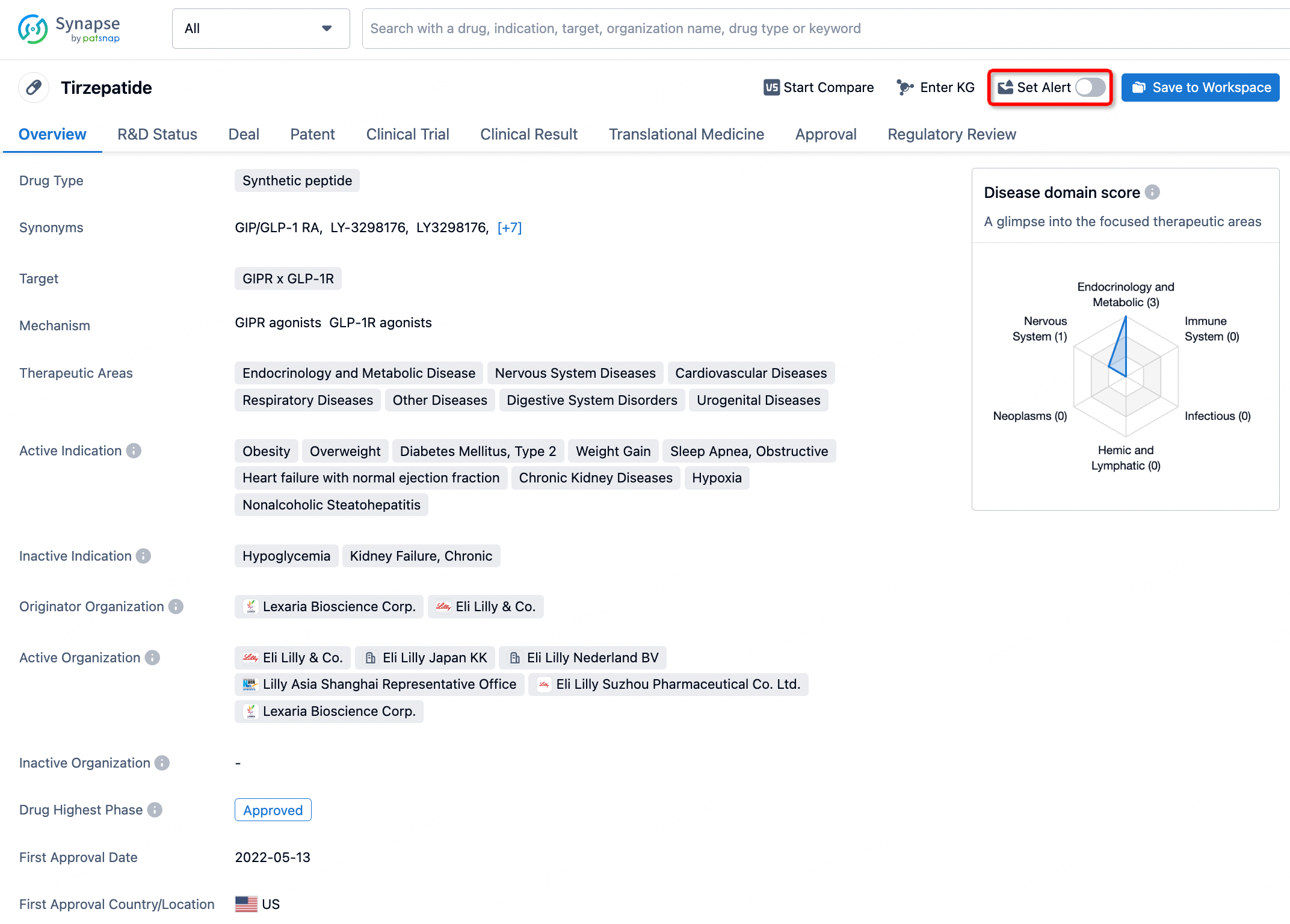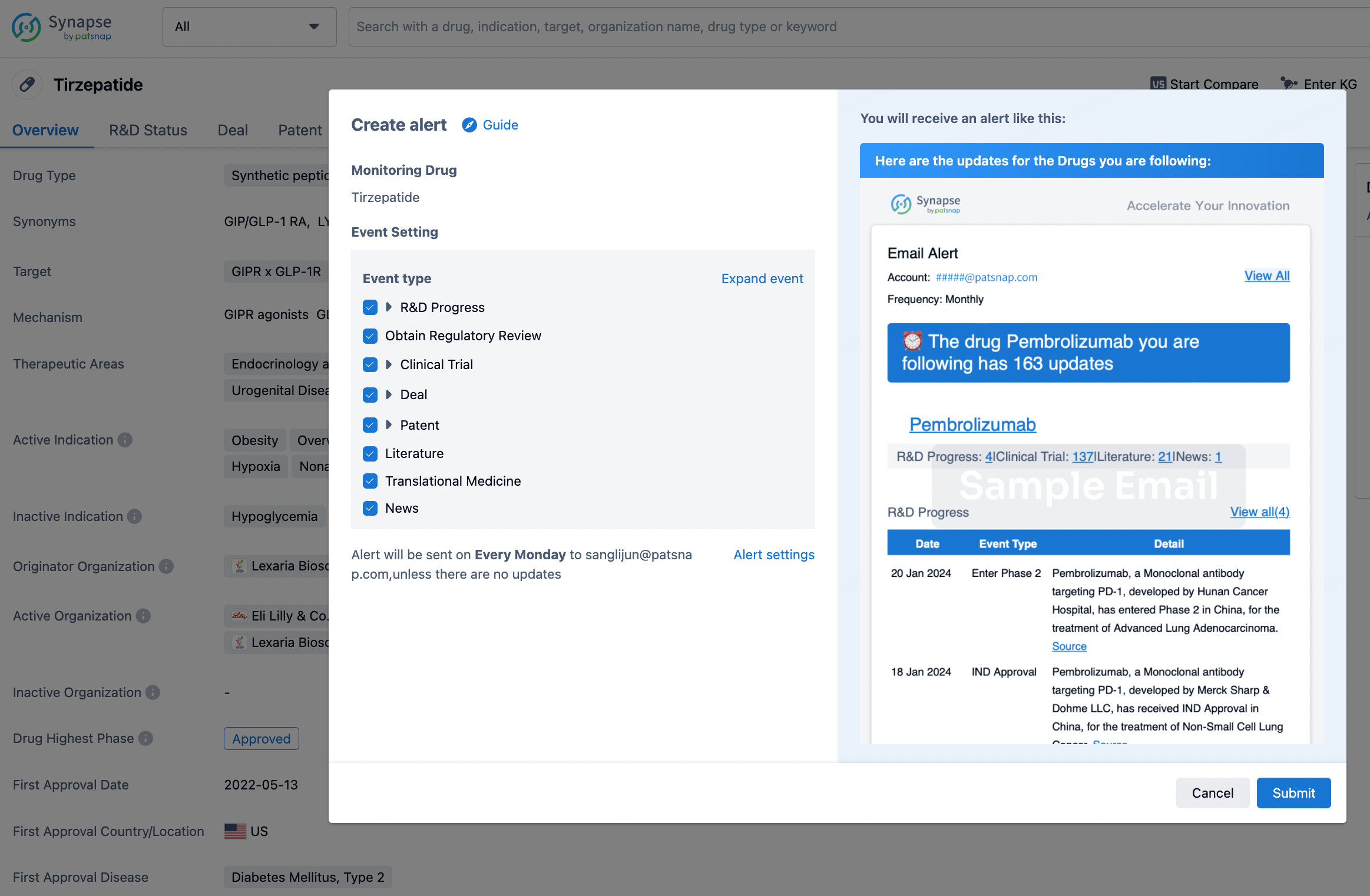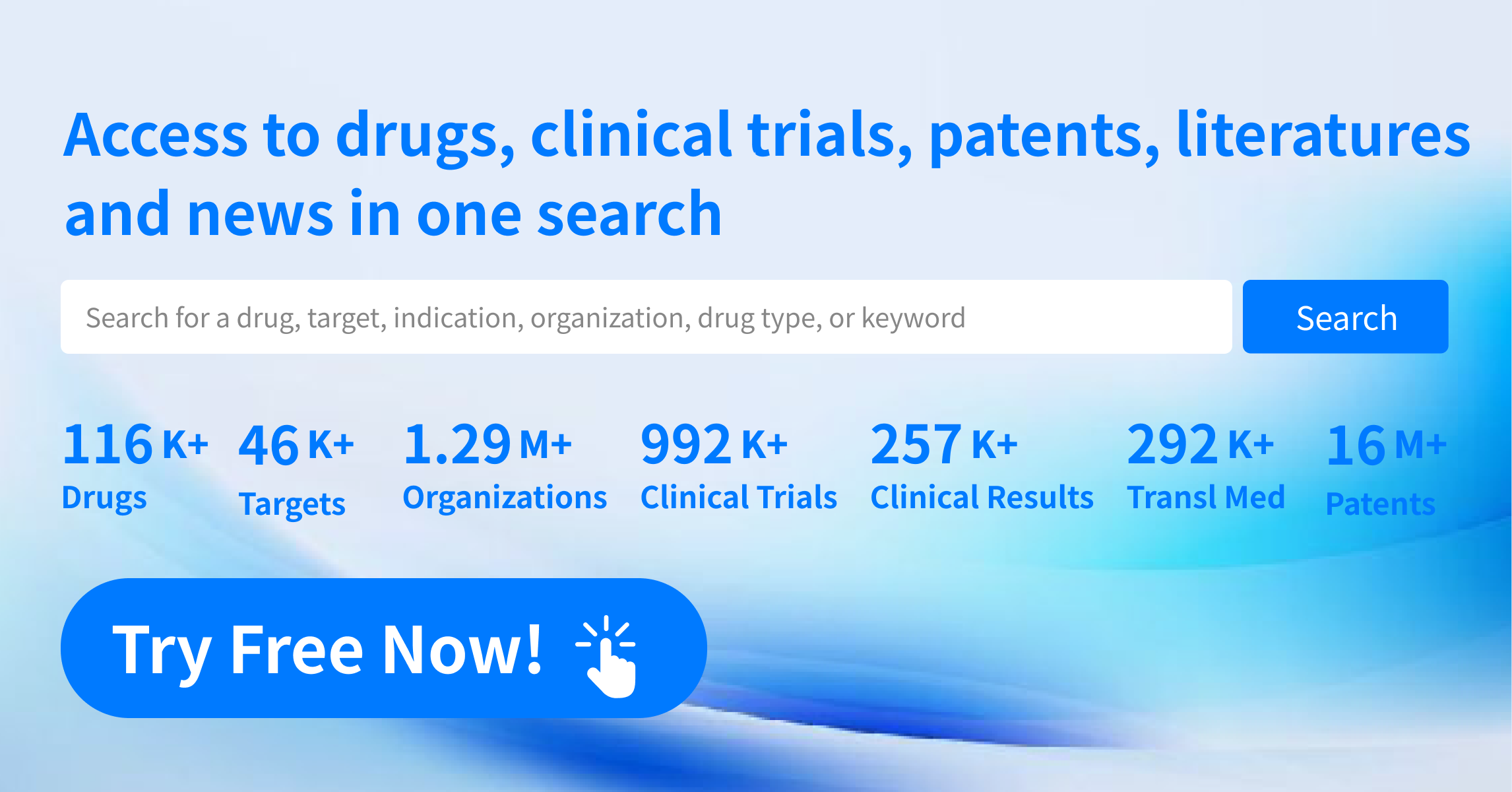Request Demo
What is the mechanism of Theophylline Sodium Glycinate?
18 July 2024
Theophylline Sodium Glycinate is a compound with multifaceted pharmacological properties, often utilized in the management of respiratory conditions such as chronic obstructive pulmonary disease (COPD) and asthma. The mechanism of action of Theophylline Sodium Glycinate involves several biochemical pathways and cellular processes that contribute to its therapeutic effects.
Firstly, theophylline, a methylxanthine derivative, functions primarily as a bronchodilator. It achieves this effect by inhibiting the enzyme phosphodiesterase (PDE), which is responsible for the breakdown of cyclic adenosine monophosphate (cAMP). By inhibiting PDE, theophylline increases the concentration of cAMP within cells. Elevated levels of cAMP lead to the relaxation of bronchial smooth muscles, thereby dilating the airways and facilitating easier breathing for individuals with obstructive pulmonary conditions.
In addition to its bronchodilator activity, theophylline exerts anti-inflammatory effects. It modulates the release of inflammatory mediators and cytokines, reducing inflammation within the respiratory tract. This anti-inflammatory action is crucial in chronic lung conditions, where inflammation plays a significant role in disease progression and symptom exacerbation.
Another important mechanism is theophylline's ability to enhance diaphragmatic contractility. This is particularly beneficial for patients with COPD, as the diaphragm tends to weaken in these individuals, leading to compromised respiratory function. By improving diaphragmatic strength and endurance, theophylline helps in maintaining adequate ventilation.
Theophylline also has immunomodulatory properties. It influences the activity of various immune cells, including T-lymphocytes, eosinophils, and neutrophils. By modulating the immune response, theophylline can help in controlling the hyperreactivity and excessive immune responses seen in asthma and other allergic conditions.
Sodium glycinate, the other component of the compound, acts as a stabilizing agent that enhances the solubility and bioavailability of theophylline. This ensures that the drug is absorbed efficiently and exerts its therapeutic effects more consistently.
Furthermore, theophylline has secondary effects on the cardiovascular system. It can increase heart rate and contractility through its action on the cardiac muscle, mediated by increased cAMP levels. This can be beneficial in certain clinical situations but requires careful monitoring due to the potential for arrhythmias.
In summary, the mechanism of Theophylline Sodium Glycinate involves the inhibition of phosphodiesterase, leading to increased cAMP levels and bronchodilation, anti-inflammatory effects, enhanced diaphragmatic function, immunomodulation, and secondary cardiovascular effects. These combined actions make it an effective therapeutic agent in the management of chronic respiratory diseases. However, due to its narrow therapeutic window and potential side effects, the use of theophylline requires careful dosing and monitoring by healthcare professionals.
Firstly, theophylline, a methylxanthine derivative, functions primarily as a bronchodilator. It achieves this effect by inhibiting the enzyme phosphodiesterase (PDE), which is responsible for the breakdown of cyclic adenosine monophosphate (cAMP). By inhibiting PDE, theophylline increases the concentration of cAMP within cells. Elevated levels of cAMP lead to the relaxation of bronchial smooth muscles, thereby dilating the airways and facilitating easier breathing for individuals with obstructive pulmonary conditions.
In addition to its bronchodilator activity, theophylline exerts anti-inflammatory effects. It modulates the release of inflammatory mediators and cytokines, reducing inflammation within the respiratory tract. This anti-inflammatory action is crucial in chronic lung conditions, where inflammation plays a significant role in disease progression and symptom exacerbation.
Another important mechanism is theophylline's ability to enhance diaphragmatic contractility. This is particularly beneficial for patients with COPD, as the diaphragm tends to weaken in these individuals, leading to compromised respiratory function. By improving diaphragmatic strength and endurance, theophylline helps in maintaining adequate ventilation.
Theophylline also has immunomodulatory properties. It influences the activity of various immune cells, including T-lymphocytes, eosinophils, and neutrophils. By modulating the immune response, theophylline can help in controlling the hyperreactivity and excessive immune responses seen in asthma and other allergic conditions.
Sodium glycinate, the other component of the compound, acts as a stabilizing agent that enhances the solubility and bioavailability of theophylline. This ensures that the drug is absorbed efficiently and exerts its therapeutic effects more consistently.
Furthermore, theophylline has secondary effects on the cardiovascular system. It can increase heart rate and contractility through its action on the cardiac muscle, mediated by increased cAMP levels. This can be beneficial in certain clinical situations but requires careful monitoring due to the potential for arrhythmias.
In summary, the mechanism of Theophylline Sodium Glycinate involves the inhibition of phosphodiesterase, leading to increased cAMP levels and bronchodilation, anti-inflammatory effects, enhanced diaphragmatic function, immunomodulation, and secondary cardiovascular effects. These combined actions make it an effective therapeutic agent in the management of chronic respiratory diseases. However, due to its narrow therapeutic window and potential side effects, the use of theophylline requires careful dosing and monitoring by healthcare professionals.
How to obtain the latest development progress of all drugs?
In the Synapse database, you can stay updated on the latest research and development advances of all drugs. This service is accessible anytime and anywhere, with updates available daily or weekly. Use the "Set Alert" function to stay informed. Click on the image below to embark on a brand new journey of drug discovery!
AI Agents Built for Biopharma Breakthroughs
Accelerate discovery. Empower decisions. Transform outcomes.
Get started for free today!
Accelerate Strategic R&D decision making with Synapse, PatSnap’s AI-powered Connected Innovation Intelligence Platform Built for Life Sciences Professionals.
Start your data trial now!
Synapse data is also accessible to external entities via APIs or data packages. Empower better decisions with the latest in pharmaceutical intelligence.


